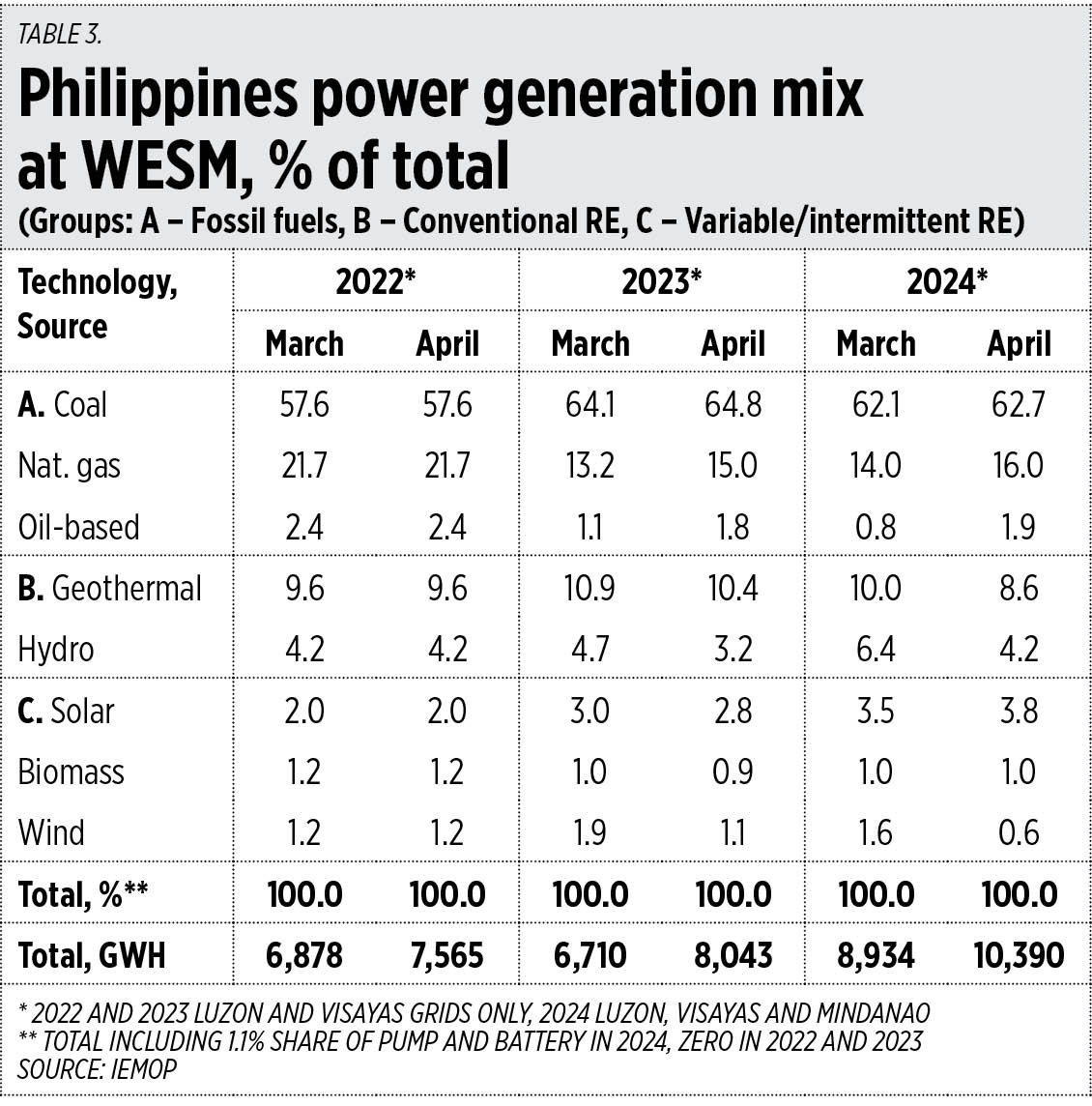DENVER, Colorado — Women remain underrepresented in the technology industry, and continue to face a number of challenges such as gender bias and pay gap.
According to tech insiders, there’s still a long way to go before women reach parity in the industry.
At a Women in Tech panel at Boomi World last May 8, women executives from Boomi, KORE Wireless, OSI Digital, Fever-Tree, and IDC shared their experiences and offered advice for women working in the highly competitive industry.
Karen Dosanijh, chief marketing officer at OSI Digital, said she’s still seeing a gap in tech leadership after over 25 years in the industry, with only around a fourth of leadership positions in the sector being held by women.
“Then if you double click on that and you look at women of color that are in leadership positions, it’s 7% in corporate America. There hasn’t been a huge shift. You know, I’m one of two women (in leadership positions) at the company that I work for right now — very well supported, but still one of two women at the leadership table,” she said.
Nicki Brock, senior director of enterprise apps at KORE Wireless, said she works for an organization that is still 80% male overall, and 85% male at the executive level.
“All of my peers, all have been now promoted to the VP level. I’m the only female, and I’m the only one who hasn’t been promoted,” Ms. Brock said. “We have to keep addressing it because if we just ignore it, then we’re doing everyone, you know, that disservice. So I bring it up in my organization.”
The gender pay gap is also another issue that women continue to face in the tech industry.
“Women make on average, and this is according to the Mc-Kinsey report, it’s $15,000 less than men in the same jobs. And then women of color make $33,000 less than men, you know, in the same jobs… We still have a lot of work to do,” Ms. Dosanijh said.
Ms. Dosanijh said the “motherhood penalty” is another challenge faced by women in the tech industry.
“So, you’re out of the workplace for a year. Your career goes on pause and it actually goes on pause when you return as well. Or sometimes your job is not there,” Ms. Dosanijh said.
“Companies should really support women, young mothers as they transition out of the work force and back with flexible work and programs that support childcare. Let’s keep women in the workplace,” she added.
Alison Biggan, chief marketing officer at Boomi, said the challenge is not just because of bias, but also because there are more men in tech and STEM or science, technology, engineering, and math courses.
“We all do have allies and people that support us. Don’t just have them support you. Have them be part of the voices that hold people accountable. And use the numbers to drive the change. Because sometimes they may have a voice that, fair or unfair, is stronger or more powerful than yours,” Ms. Biggan said.
Kate Stables, director of technology at Fever-Tree, said it’s important to look at the data to drive change and set targets.
She noted it is important to continue awareness and show people what allyship looks like.
ADVICE
Ms. Biggan said companies reward performers who go above and beyond and always do what they’re going to do.
“As it relates to imposter syndrome, my advice to people is: you’ve got to believe in yourself, you’ve got to give it a shot. And women are usually the folks who say, ‘I’m going to prove myself and then I’m going to ask for a promotion,’” Ms. Biggan said.
Shari Lava, research director for automation at IDC, said she has learned to stop explaining and justifying herself.
“My advice is stop trying to justify yourself, okay? We all have imposter syndrome. Go-getters, take on challenging roles so you’re always learning,” Ms. Lava said.
Asked what advice she would give her younger self, Ms. Biggan replied: “Be a little kinder to yourself in terms of your expectation.”
“(Also), to model the behavior that you want people to have and do. And that obviously can be work, but it also can be compassion. It also can be humanity. It also can be work-life balance,” Ms. Biggan said. “It’s OK to have boundaries. It’s OK to say no. It’s OK to negotiate the things that you’re going to do. It’s OK to do the things that work for you and your life.”
In her years in tech, Ms. Dosanijh said she has learned to just be herself.
“You know, don’t try to fit in. Don’t leave the best parts of yourself at the door… Own your superpowers, women. Yes. And don’t dim them,” she said.
Ms. Brock said women should keep pushing for parity by doing the research and arming themselves with facts.
“And don’t be afraid to speak up. We have to keep speaking up… Day after day after day, as exhausting as it is, we have to keep doing it in the workplace,” she said. — Cathy Rose A. Garcia














